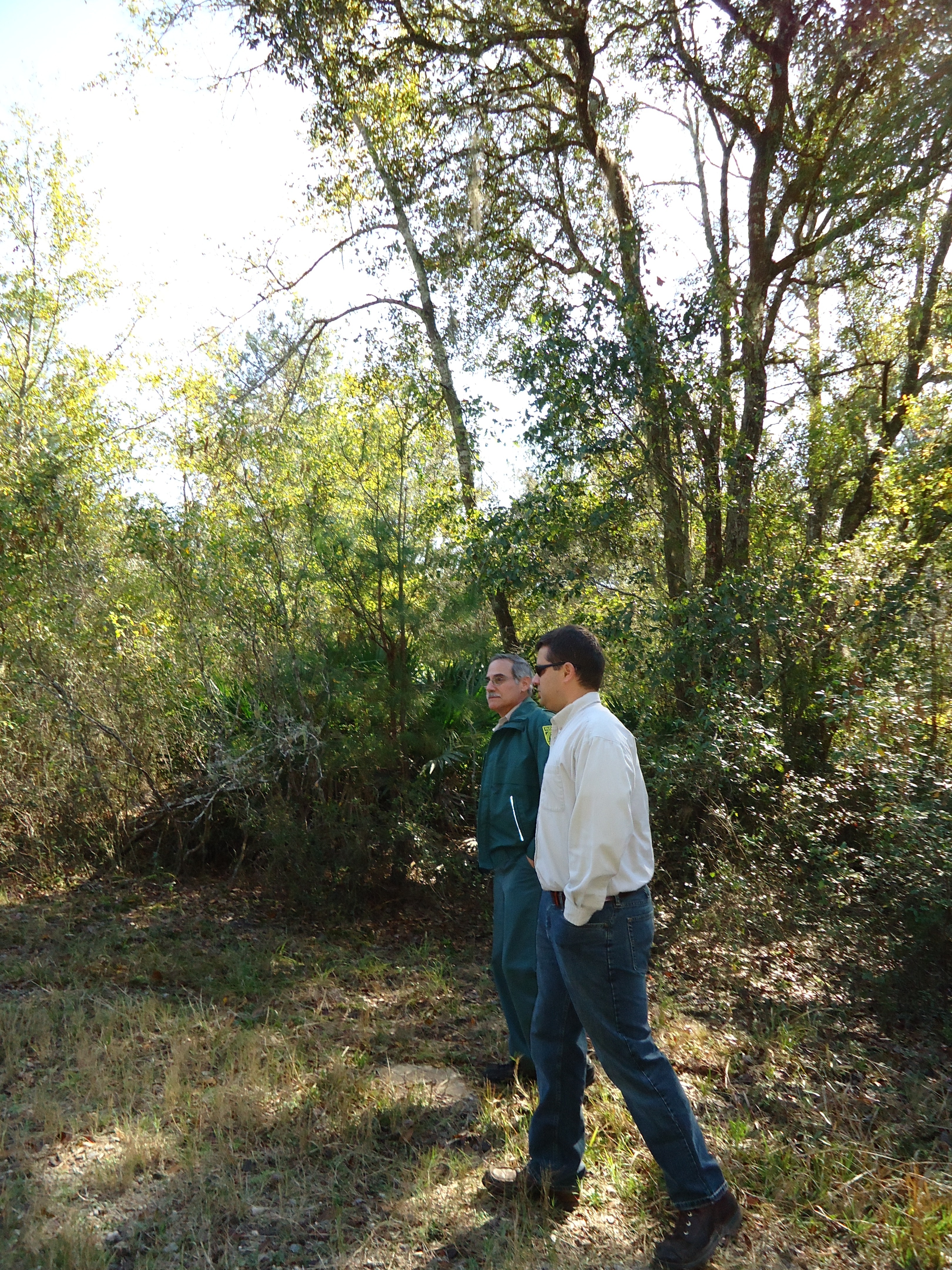Review your Plan: A Walk in Your Woods
 Your woods
are constantly changing. Seasons come and go, trees grow and die, weather and
timber markets vary, and natural disasters or invasive species can take their
toll. And just as your Tree Farm
changes, you and your family do too: a major life event, such as a birth, death
or illness, can alter your relationship with your woods.
Your woods
are constantly changing. Seasons come and go, trees grow and die, weather and
timber markets vary, and natural disasters or invasive species can take their
toll. And just as your Tree Farm
changes, you and your family do too: a major life event, such as a birth, death
or illness, can alter your relationship with your woods.
So as winter nears and the year winds down, take time to reflect on what’s happened this year, how your woods were affected, and what you may choose to do differently in the future. This review of your plans and goals doesn’t have to be daunting or difficult. It can mean adding just a few handwritten notes to your plan, and it can start with a simple walk in your woods.
As you survey your property, look for signs of stress, like unnaturally yellowing or browning leaves, as well as damage from summer storms. Check the condition of all your Tree Farm’s resources—not just the trees themselves, but the soil, vegetation, water sources and drainages, and wildlife as well. Any one of these elements can tip you off to underlying problems.
Other questions to consider on your walk:
Is my Tree Farm progressing the way I want it to? Think about whether you met your forest management goals this year. What were some of your achievements and setbacks? As you look around your woods, are they as healthy, productive and well-managed as you would like them to be?
How many trees have I harvested this year? How many have I planted? Keeping track of your Tree Farm’s production and the maturity of your trees will help you plan for future harvests.
Have I properly planned for and protected wildlife habitat? This is a particularly important consideration if threatened or endangered species make their home in your woods.
How have I handled threats to my Tree Farm? If you’ve battled pests or invasive plants this year, revisit treated areas to take stock of their recovery. Try to make note of pruning, herbicide applications and other vegetation control methods you’ve used and how your woods have responded, so you know what’s worked for you and what hasn’t.
Are my roads and trails adequate and in good condition? Road access is critical for harvesting, maintenance and for fighting fires. If building or repairing roads and trails needs a place on your list of activities planned for next year, it’s better to know sooner rather than later.
Are my property boundaries clearly marked? Are there signs of trespass? Keeping fences or other boundaries in good shape can be time-consuming on larger properties. But it’s important for protecting your resources and keeping out unwanted visitors, and worth adding to your plan if it’s fallen by the wayside. If you’ve acquired or parted with property this year and your Tree Farm’s boundaries have changed, you will need to update your management plan’s map and inventory information to reflect that change.
Am I up to speed on permit requirements and regulations? These can change year to year, so make sure you know what you’re required to have on file and what rules you need to follow. Once back at home, gather up receipts, copies of permits and other documentation and keep them with your management plan, so you know they’re all in one easy-to-find place.
Walking through your Tree Farm as you consider these basic questions is the easiest and most effective way to update your management plan. The experience should give you a sense—a year-end snapshot—of how your Tree Farm is doing and how far it has come since you last reviewed your property and your goals for its progress. Knowing where your woods are now will help you plan for where you want them to be.
Now that you have walked your woods, what else do you need to think about?


